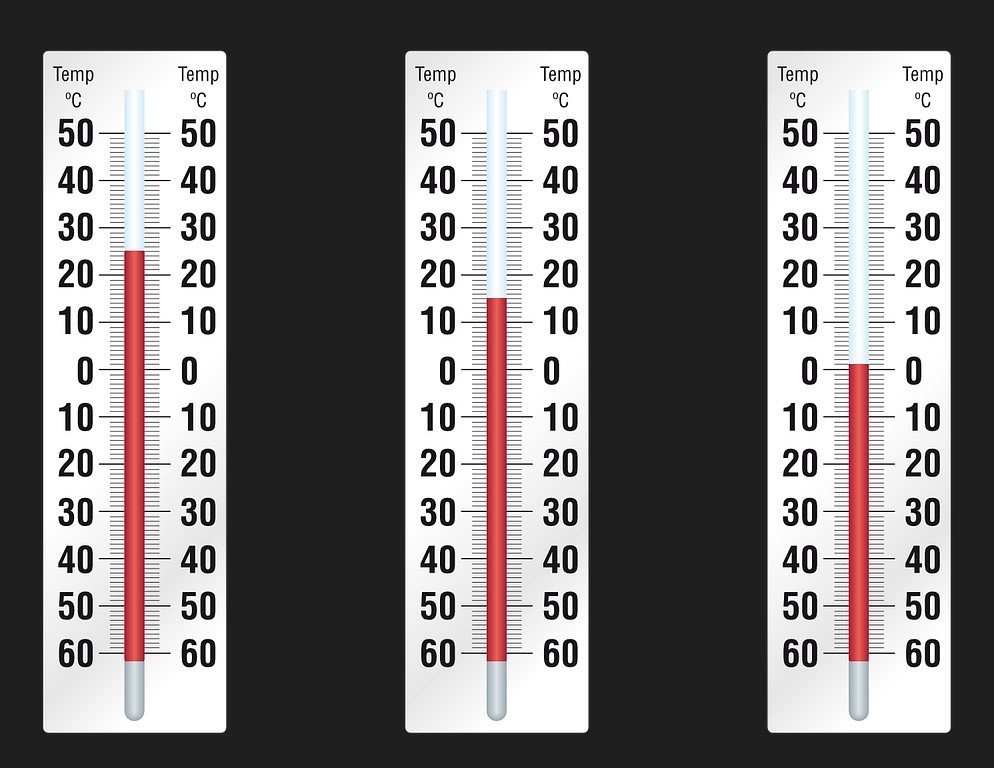Hadoop is an open-source framework that facilitates distributed data processing across a large number of servers. As organizations increasingly generate large volumes of complex data, Hadoop has become a popular choice to store, manage, and analyze that data. If you’re looking to install Hadoop on your Mac, this article provides a comprehensive, step-by-step guide that can help.
Preparing Your System for Hadoop Installation
Before you install Hadoop on your Mac, you need to ensure that your system meets all the requirements – JDK, SSH connectivity, environment variables, and more. Here are the steps you need to follow:
Install the Java Development Kit (JDK): Hadoop requires JDK version 1.7 or later, so you need to download and install it on your system.
Configure environment variables: Create a new file ‘hadoop-env.sh’ and set the path of your Java home and Hadoop home directories.
Set up SSH access: Hadoop requires SSH connectivity to run MapReduce jobs across multiple nodes. If you do not have SSH set up, follow the instructions to enable and configure SSH access.
Create a Hadoop user: Create a new user account specific to Hadoop operations. Make sure the new user has all the required permissions to access, modify, and execute files.
Install Hadoop: Once your system is configured, you are ready to begin the installation process.

A Step-by-Step Guide to Hadoop Installation on Mac
Installing Hadoop on Your Mac
Here are the steps to install Hadoop on your Mac:
Download Hadoop binaries: Download the latest Hadoop release from the official website.
Extract the files: Extract the downloaded file and move the extracted folder to the desired location.
Configure Hadoop: Configure the Hadoop environment by editing the ‘core-site.xml,’ ‘hdfs-site.xml,’ and ‘mapred-site.xml’ configuration files according to your system setup.
Start the Hadoop cluster: Start the Hadoop daemons using the command ‘start-all.sh.’
Verify the installation: Verify whether the installation was successful by running a ‘hadoop version’ command.
Accessing the Hadoop Web Interface
The Hadoop web interface provides a graphical overview of the status of the system, including information on data nodes, name nodes, and Hadoop daemons. Here’s how to access the Hadoop web interface:
Start the web interface: Start the interface by running the command ‘start-dfs.sh’ followed by ‘start-yarn.sh.’
View the web interface: Access the Hadoop web interface on a web browser using the URL ‘http://localhost:50070’ for HDFS and ‘http://localhost:8088’ for MapReduce and YARN.
Interact with the web interface: Once you have accessed the web interface, you can explore its functionality, including viewing cluster metrics, monitoring jobs, and managing nodes.
Troubleshooting Common Hadoop Installation Issues
Sometimes, your Hadoop installation may not go as expected. Here are some common issues and solutions that can help you resolve them:
SSH connectivity: If you cannot establish an SSH connection between nodes, make sure you have set up SSH access, authorized keys, and firewall settings correctly.
Java environment variables: Hadoop requires specific Java environment variables that are not set by default. Ensure that you have correctly set up the Java home directory and path.
Configuration files: The configuration files for Hadoop have specific syntax and file locations. Ensure that the files have been named correctly, edited accurately, and saved at the correct location.
Log files: Check the log files for any errors or issues. Hadoop stores various logs, including daemon logs, system logs, and application logs, that you can trace and debug if needed.
Additional Considerations for Hadoop Installation on Mac
Here are some additional considerations you may need to keep in mind when installing Hadoop on your Mac:
Security: Hadoop stores information across a distributed network of servers, so security is critical. Ensure that your Hadoop installation includes the latest security protocols and restrictions, such as encryption, access control, and authorization mechanisms.
Network and hardware considerations: Hadoop can be resource-intensive. Ensure that your network bandwidth, processor speed, and storage capacity are sufficient to support your intended Hadoop operations.
Third-party tools and applications: Hadoop integrates with various third-party tools and applications, including Hive, Pig, Mahout, and HBase. Ensure that these tools are compatible with your Hadoop version and configuration.
Conclusion:
Hadoop installation on Mac can be an easy and straightforward process if you follow the steps outlined above. Ensure that your system meets all the requirements, download Hadoop binaries, configure the environment, and verify the installation. Once installed, you can access the Hadoop web interface, troubleshoot any issues, and take into account additional considerations, such as security, network, and third-party tools. Good luck with your Hadoop installation!
FAQs
[faq-schema id=”227″]
















